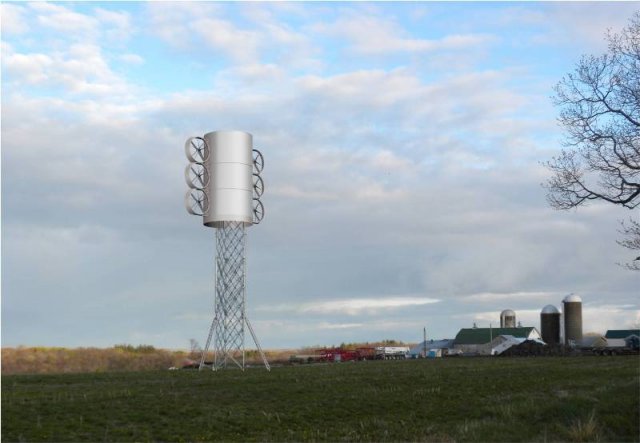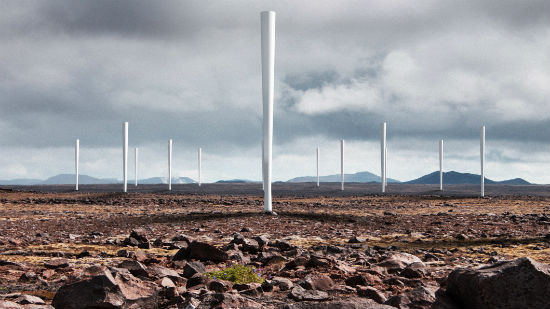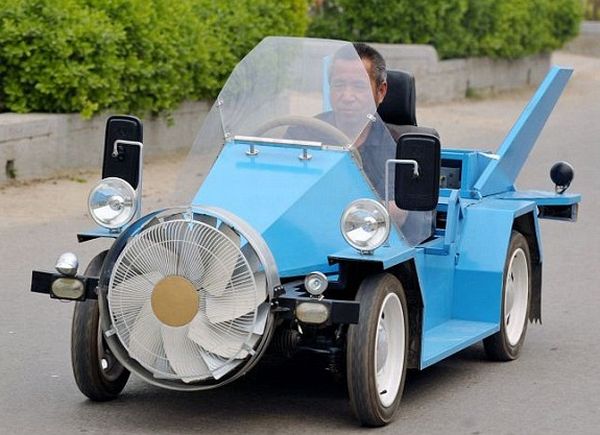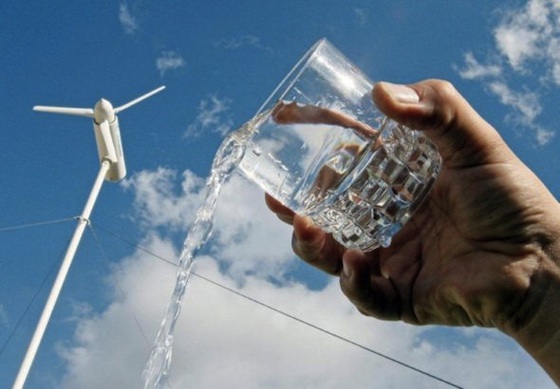
 It’s obviously there is a growing appreciation in the world for the importance of conservation and development of clean, safe and renewable energy sources.
It’s obviously there is a growing appreciation in the world for the importance of conservation and development of clean, safe and renewable energy sources.
These two efforts can give us the possibility to reduce the strain on the environment and to provide an alternative to this ever increasing price of fossil fuels and the volatility of energy markets. All renewable energy sources are valuable and could be combined right in the area where they are and give us the good answer we need. One of renewable resources is wind, which it arrives free of charge and leaves no complicated or harmful by products in its wake. It can generate power for you every day of the year, around the clock.
The U.S. has more installed wind energy generating capacity (35 gigawatts) than any other country in the world, adding 10 gigawatts of new capacity in 2009 alone. This represents 2.5% of the US’s generating capacity. The rapid growth means that more wind energy generating capacity is being added in the US than any other source of generating capacity – fossil fuel or alternative. In 2009, 40% of all new capacity is power by clean, renewable wind energy and the wind industry is a $21 billion/year industry, growing at 40% per year. A mere 21% of the global market is represented by US among many countries in Europe generating far greater percentages of their power from wind energy. This is led by Denmark, which receives 20% of their total power from wind energy. In terms of sheer growth, China leads the way today, adding 112% more capacity to their wind generating capacity in 2009 alone.
Among turbine manufacturers Optiwind Developer has an unusual design which lets a large cylinder boost wind speed as it moves around the cylinder and then mounts several turbines in the steam. Optiwind 150 as a model works well for those looking to generate at least 250 MWh per year. The company says it’s quieter, more compact, simpler, and less expensive to own and operate, than turbines with a similar output.
The Compact Wind Acceleration Turbine (CWAT) operates in wind speeds as low as Class 2 (about 12 mph) and comes in two models. The company says both models deliver power to multiple meters, making it a versatile resource that can take the risk out of grid electricity pricing by locking in a cost of power for at least 25 years.
The developer says its larger unit, Optiwind 300, is well suited for those looking to generate at least 500 MWh per year. Like the Model 150, this version is said to operate efficiently in wind speeds as low as Class 2. As year average Optiwind 300 turbine will save over 450 tons of CO2 emissions. Over its life, that’s the equivalent of planting over 1.25 million new trees (enough to cover 80 square miles).



